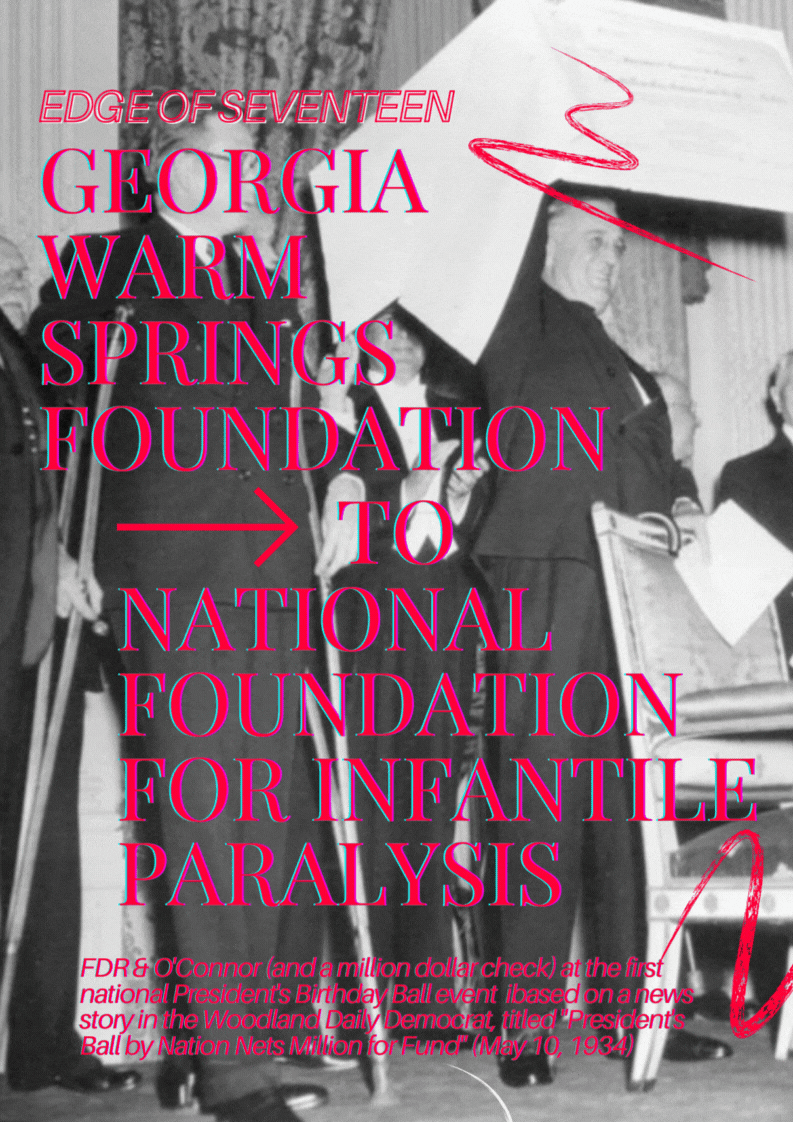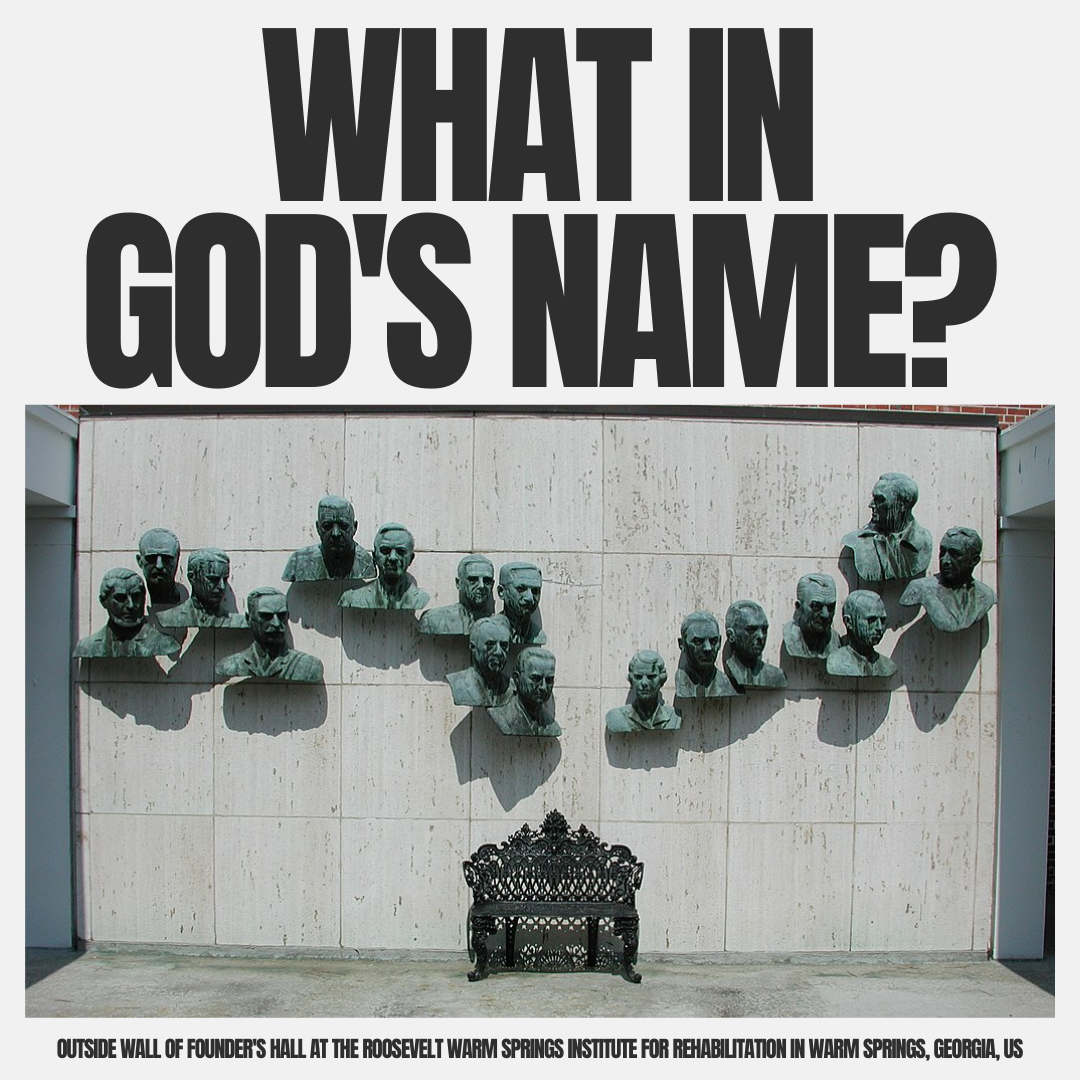Category: The Other Things
-
A 12th century Bishop of Rennes asserted the value of thunderstones as a divinely appointed means of securing success in battle, safety on the sea, security against thunder, and immunity from unpleasant dreams
During the Middle Ages many of these well-wrought thunderstones were venerated as weapons, which during the “war in heaven” had been used in driving forth Satan and his hosts. Hence, in the 11th century the Byzantine emperor sent to the Holy Roman emperor a “heaven axe”; and in the 12th century, a Bishop of Rennes asserted the value of thunderstones as a divinely appointed means…
-
Albanians believed the supreme powers of thunderstones were formed during lightning strikes
Albanians believed in the supreme powers of thunderstones (kokrra e rrufesë or guri i rejës), which were believed to be formed during lightning strikes and to fall from the sky. Thunderstones were preserved in family life as important cult objects. It was believed that bringing them inside the house would bring good fortune, prosperity, and progress to people, especially in livestock and agriculture,…
-

Humans have been interested in echinoid fossils (the fossilised remains of sea urchins) for millennia, considering them lucky and imbuing them with magical powers linked to their deities
A folk tradition in Denmark and southern England imagined sea urchin fossils to be thunderbolts, able to ward off harm by lightning or by witchcraft, as an apotropaic symbol. Another version supposed they were petrified eggs of snakes, able to protect against heart and liver disease, poisons, and injury in battle, and accordingly they were carried as amulets. These were,…
-
Did WHO Study Conclude That Natural Blondes Are Likely To Be Extinct Within 200 Years? – Snopes
https://www.snopes.com/fact-check/gone-blonde/ Evidently these things or things very like them have been published (here and elsewhere) since at least the time of the Civil War. This quote is said to be from an article dated 1890: The girl with the golden tresses is doomed, and within six hundred years blondes will be extinct. The fate of…
-
Rhabdomancy is a divination technique which involves the use of any rod, wand, staff, stick, arrow, or the like
One method of rhabdomancy was setting a number of staffs on end and observing where they fall, to divine the direction one should travel, or to find answers to certain questions. It has also been used for divination by arrows (which have wooden shafts) – otherwise known as belomancy. Less commonly it has been assigned to…
-

Basil O’Connor (1892 – 1972) was an American lawyer
In cooperation with U.S. President Franklin D. Roosevelt he started two foundations for the rehabilitation of polio patients and the research on polio prevention and treatment. From 1944 to 1949 he was chairman and president of the American Red Cross and from 1945 to 1950 he was chairman of the League of Red Cross Societies.…
-

Aliivibrio fischeri (aka Vibrio fischeri), a bioluminescent bacteria and a glowing squid
Aliivibrio fischeri (also called Vibrio fischeri) is a Gram-negative, rod-shaped bacterium found globally in marine environments. This species has bioluminescent properties, and is found predominantly in symbiosis with various marine animals, such as the Hawaiian bobtail squid. It is heterotrophic, oxidase-positive, and motile by means of a single polar flagella. Free-living A. fischeri cells survive on decaying organic matter. The bacterium is a key research organism for examination of microbial bioluminescence, quorum sensing, and bacterial-animal symbiosis. It is named…
-

Tracheal cytotoxin (TCT) is a soluble piece of peptidoglycan (PGN) found in the cell wall of all gram-negative bacteria, but only some bacteria species release TCT including Bordetella pertussis, Vibrio fischeri, and Neisseria gonorrhoeae
Tracheal cytotoxin (TCT) is a 921 dalton glycopeptide released by Bordetella pertussis, Vibrio fischeri (as a symbiosis chemical), and Neisseria gonorrhoeae (among other peptidoglycan-derived cytotoxins it produces). It is a soluble piece of peptidoglycan (PGN) found in the cell wall of all gram-negative bacteria, but only some bacteria species release TCT due to inability to recycle this piece of anhydromuropeptide. History In 1980, it was discovered that B. pertussis could attach to hamster tracheal epithelial (HTE) cells, and also, that…
-

I figure if something is that ugly on purpose, it involves some kind of drug-fueled secret code. Maybe it’s a song?
This is from the Polio Wall of Fame aka the Polio Hall of Fame and the pattern is disturbing. It is found on the outside wall of what is called Founder’s Hall of the Roosevelt Warm Springs Institute for Rehabilitation in Warm Springs, Georgia, US. Designed by Edmond Romulus Amateis, the sculpted busts were cast…
-

Acidophiles in acid mine drainage
The outflow of acidic liquids and other pollutants from mines is often catalysed by acid-loving microorganisms; these are the acidophiles in acid mine drainage. Acidophiles are not just present in exotic environments such as Yellowstone National Park or deep-sea hydrothermal vents. Genera such as Acidithiobacillus and Leptospirillum bacteria, and Thermoplasmatales archaea, are present in syntrophic relationships in the more mundane environments of concrete sewer pipes and implicated in the heavy-metal-containing, sulfurous waters…
-

Langgan 琅玕 is the ancient Chinese name of a gemstone which remains an enigma in the history of mineralogy; it has been identified, variously, as blue-green malachite, blue coral, white coral, whitish chalcedony, red spinel, and red jade
It is also the name of a mythological langgan tree of immortality found in the western paradise of Kunlun Mountain, and the name of the classic waidan alchemical elixir of immortality langgan huadan 琅玕華丹 “Elixir Efflorescence of Langgan”. Waidan, translated as ‘external alchemy‘ or ‘external elixir‘, is the early branch of Chinese alchemy that focuses upon compounding elixirs of immortality by heating minerals, metals, and other natural substances…
-

In Chinese alchemy, elixir poisoning refers to the toxic effects from elixirs of immortality that contained metals and minerals such as mercury and arsenic
In Chinese alchemy, elixir poisoning refers to the toxic effects from elixirs of immortality that contained metals and minerals such as mercury and arsenic. The official Twenty-Four Histories record numerous Chinese emperors, nobles, and officials who died from taking elixirs to prolong their lifespans. The first emperor to die from elixir poisoning was likely Qin Shi Huang (d. 210 BCE) and the last was the Yongzheng Emperor (d. 1735 CE). Despite common knowledge…
-

Cold-Food Powder or Five Minerals Powder, poisonous psychoactive drug popular during the Six Dynasties (220–589) and Tang dynasty (618–907)
Cold-Food Powder (Chinese: 寒食散; pinyin: hánshísǎn; Wade–Giles: han-shih-san) or Five Minerals Powder (Chinese: 五石散; pinyin: wǔshísǎn; Wade–Giles: wu-shih-san) was a poisonous psychoactive drug popular during the Six Dynasties (220–589) and Tang dynasty (618–907) periods of China. Terminology Both Chinese names hanshisan and wushisan have the suffix -san (散, lit. “fall apart; scattered”), which means “medicine in powdered form” in Traditional Chinese medicine. Wushi (lit. “five rock”) refers to the component mineral drugs, typically: fluorite, quartz, red bole clay, stalactite, and sulfur. Hanshi (lit. “cold food”) refers to eating cold foods and bathing in cold water…
-

Kaustubha, divine ruby or gem in Hindu mythology
Kaustubha (Sanskrit: कौस्तुभ, romanized: Kaustubha, lit. ‘crest jewel’) is a divine ruby or ratnam (gem) in Hindu mythology.[1] This gem is in the possession of Vishnu, granting him the epithet of Kaustubhadhari. It is believed in Hindu scriptures to be the most magnificent ratnam in all of creation, at the time of the churning of the ocean, and acts as a symbol of divine authority.[2] Legend In Hindu mythology, the devas and the asuras performed…
-

Halāhala or kālakūṭa poison
Halāhala (Sanskrit हलाहल) or kālakūṭa (Sanskrit कालकूटं, literally: ‘black mass’ or ‘time puzzle’[1]) is the name of a poison in Hindu mythology. It was created from the Ocean of Milk when the devas and the asuras churned it (see Samudra Manthana) in order to obtain amrita, the nectar of immortality. Fourteen different ratnas (treasures) were recovered from this episode, which were distributed between the two clans. But before the amrita could be formed,…
-

Kodoku: The Venomous Vortex of Ancient Curses
Here’s one that might make your skin crawl and your blood run cold! Welcome to the world of Kodoku, the sinister sorcery that turns creepy crawlies into catastrophic curses! Imagine, if you dare, a jar teeming with nature’s most venomous vermin – scorpions, centipedes, and snakes, oh my! But this is no petting zoo, my…
Recent Posts
- 🧬 Disease Table with Low Sodium Connection
- 🧂 Sodium Reduction and Sodium Replacement: A History of Reformulation and Exploding Diseases, Including Many Diseases Unheard of Before Deadly Sodium Policies
- 🧂 The DEADLY 1500 mg Sodium Recommendation predates the WHO’s formal global sodium reduction push by nearly a decade (and it’s even worse than that)
- 🧬 What Is Beta-Glucuronidase?
- When Sugar Was Salt: Crystalline Confusion and the Covenant of Sweetness
Tags
ADAM ASPARTAME Birds Blood Bones Brain Bugs Cancer Columba Cows crystallography Death Death cults Eggs Etymology Gastrin Gold Growth hormone History Hormones Insulin Liver Mere Perplexity Metal Monkey Business Mythology Paracetamol Plants Poison Pregnancy Protein Religion Reproduction Rocks Salt Slavery Snakes Sodium the birds and the bees Thiocyanate Tobacco Tylenol Underworld Venom zinc
